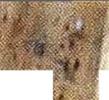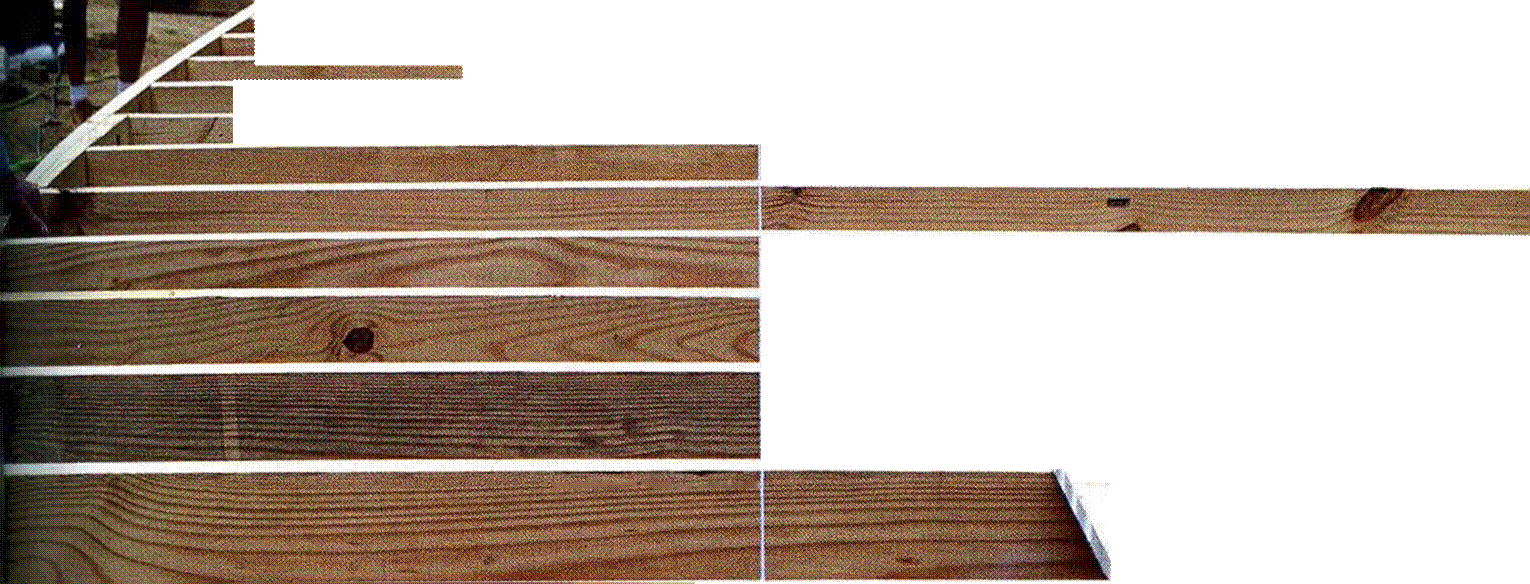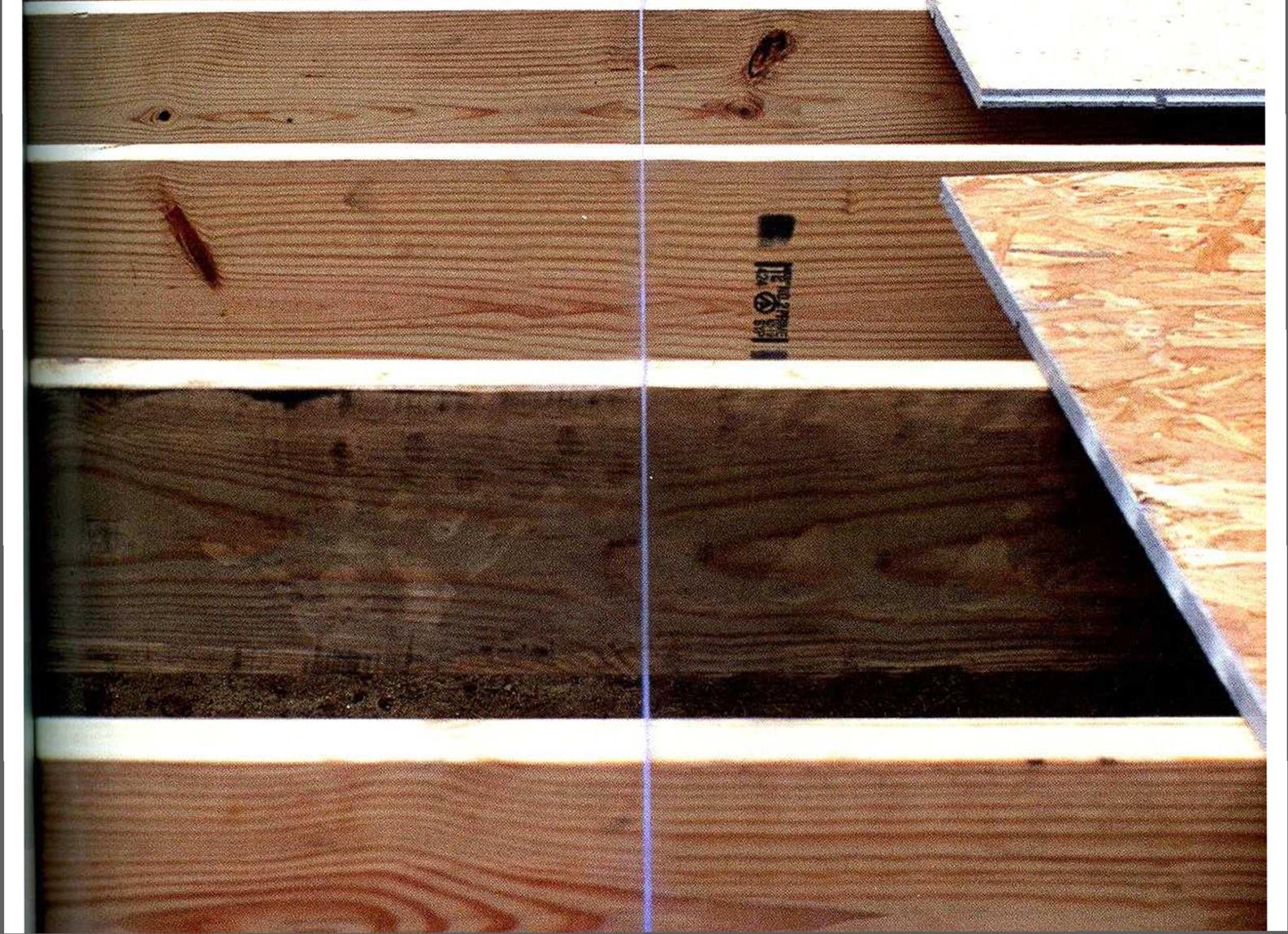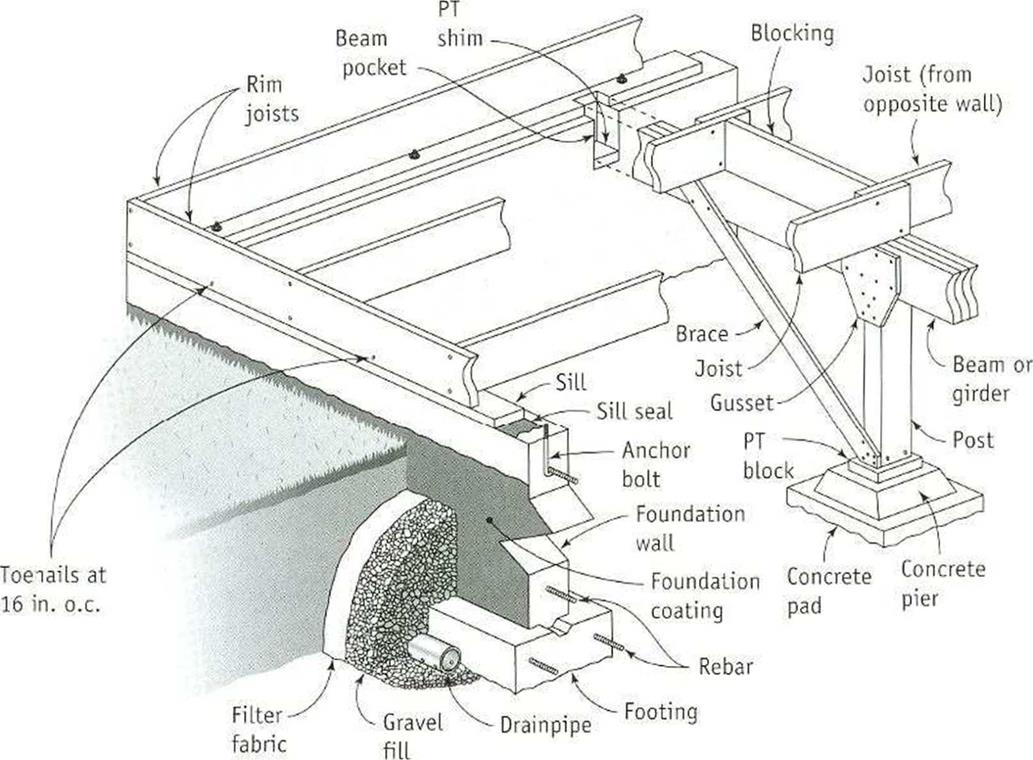Going Beyond the Call of Duty
![Going Beyond the Call of Duty Подпись: [Photo : Anna Carter]](/img/1312/image146_0.gif)
KEN AND MICHELLE AMDAHL moved into their Habitat house just before Christmas of 1997. Since then, they’ve both contributed countless volunteer hours to many other Habitat projects in Winneshiek County, Iowa. That in itself isn’t so unusual, but the Amdahls aren’t your average volunteers or Habitat homeowners.
Ken, though developmentally disabled, not only built the retaining walls for his own house, which is situated on a steeply sloped lot, but he also designed and built the retaining walls for several other Habitat projects in his neighborhood, as well as for projects with other affiliates. A tireless and meticulous worker, Ken also serves as a member of his chap
ter’s construction committee and participates in other aspects of the affiliates activities.
Not to be outdone bv her husband, Michelle Amdahl (who is legally blind) has contributed numerous volunteer hours both on her own house and on subsequent projects. Among other tasks, Michelle has prepared meals, staffed information and check-in tables, and stuffed envelopes for their local Habitat affiliate.
All in all, the Amdahls’ contributions stand as a testament to what can be done when one has the will… and is given a hand up. For all their efforts, Ken and Michelle were designated Winneshiek County HFH’s Volunteers of the Year 2000, a fitting
tribute for a couple who are a resounding Habitat success story and also good-hearted Habitat volunteers.
-Don Kemp
If you live in earthquake or hurricane country, you will be using lots of metal hardware to help hold your house together. Earthquakes can be catastrophic events. Properly installed straps, braces, and hold-downs can mean the difference between life and death. To hold the sill plates in place atop foundation walls, anchor bolts are usually embedded in the
4
foundation during its construction. The threaded ends of those bolls extend through the sill plates and are held fast with washers
and nuts. Metal angle braces (10 ft. to 12 ft. long) are used as permanent braces to hold walls plumb. Metal hangers are used to support joists around openings, such as stairways. Metal straps arc sometimes needed to attach the house frame to the sill and the foundation or to tie plates together. Code may also require that hold-down hardware, such as metal angles, be fastened to framing members and the foundation.
FLOORS MAY SEEM TO BE THE SIMPLEST OF THE CHALLENGES Га cing a new builder, but the importance of establishing a firm, sound, dependable connection between a house, the foundation, and the earth cannot be overstated. Everything rests, quite literally, on the quality of the foundation and framing work done in the first few days or so after the concrete contractor has left. Our first house, in coastal Oregon, had a concrete foundation made from beach sand. Sixtv years of wind and rain had
4 4
washed much of that sand back toward the beach, leaving us with a shaky, tilted floor that wasn’t even bolted to the foundation.
Know the Foundation Fundamentals
Take a deep breath. Having found and purchased a lot, bought or drawn up the plans, obtained the permits, cleared and run power to the site, and completed the necessary grading, drainage, and excavation work, you’re finally ready to begin working on the foundation. You’ve already come a long wav.
Whenever Ї think about foundations, 1 can’t help but recall being told as a child, “You’re on your feet most of the day, so wear good shoes." A foundation is like a pair
5 ![]()
 Build Midspan Support for Joists
Build Midspan Support for Joists
6 Install the Joists
7 Install Extra Joists and Blocking
8 Install the Floor Sheathing
42 I
|
|
 |
|
|
|
 |
|
|
|
|
|
|

![]()





![]()







of shoes—quality makes all the difference. Walk around all day in poor shoes and your whole body feels lousy. Build a house on a poor foundation and the entire house is unstable.
There are quite a few foundations that can be used for houses. The three major types— slabs, crawl spaces, and full basements—are discussed in the sidebar on pp. 46-47. Because our Charlotte house has a crawl space foundation, we’ll cover the step-bv-step process for this type shortly. The main parts of this foundation are shown in the illustration above. However, if you’re planning to build a house, it’s a good idea to consider all your foundation options. Talk to builders and foundation sub
contractors in your area to find out which foundations and special site conditions to consider. If you’re building a crawl space foundation, as we did here, find oi. t about the ventilation requirements. In some areas, vents are required in crawl-space foundations. In other areas, codes have been updated to allow for an unvented crawl space (see the sidebar on the facing page).
Local soil conditions have a lot to do with choosing and constructing a foundation. Extra care must be taken when building on clay-rich soils, which exist in many parts of the country. Clay expands when saturated with moisture.
|
|






Leave a reply